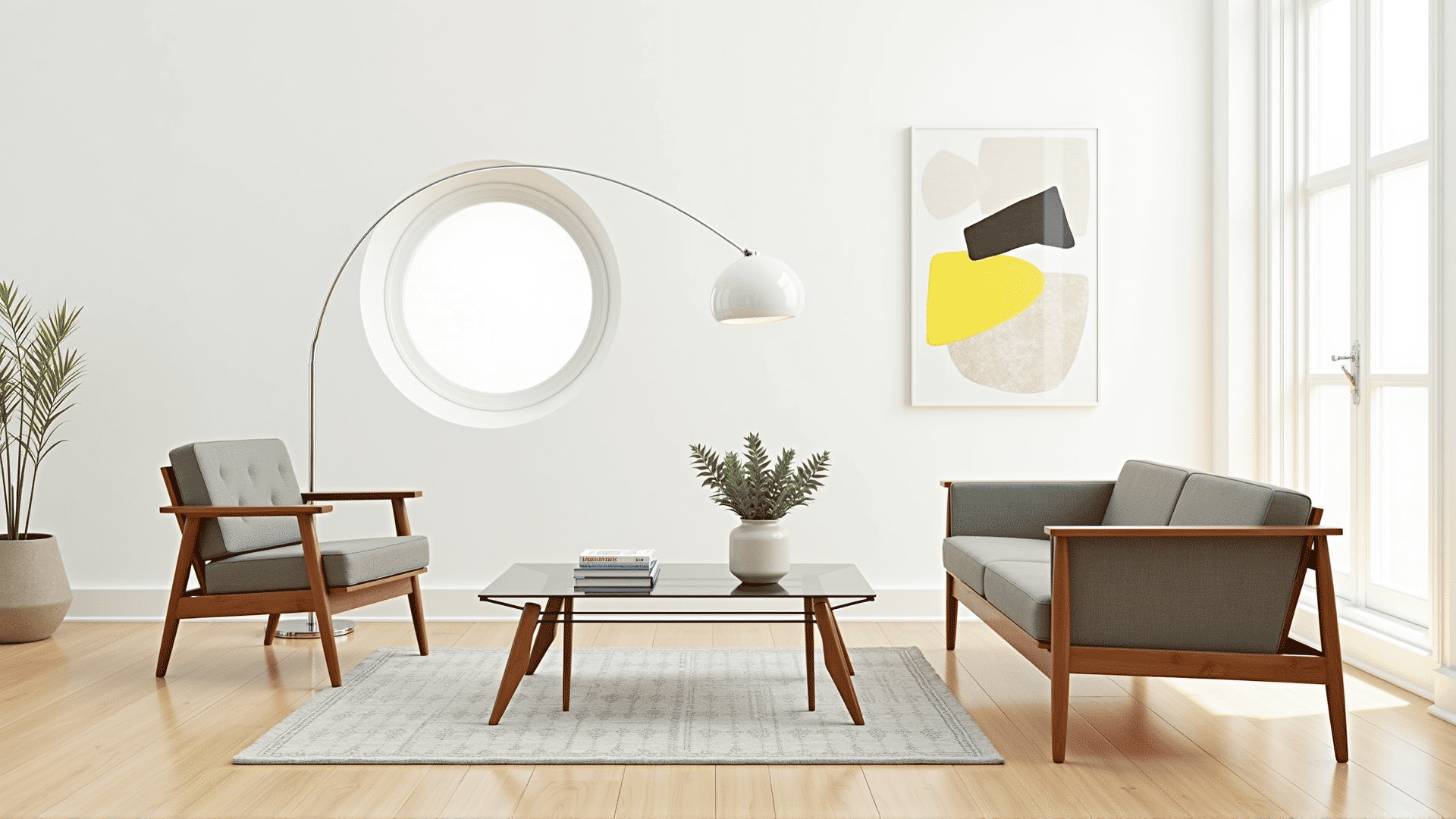The period following World War II marked a significant shift in design philosophies, as the world emerged from austerity and embraced innovation and modernism. This change was vividly reflected in the realm of interior aesthetics, where mid-century modern style rose to prominence. Characterized by sleek lines, minimalistic structures, and an emphasis on functionality, this style became synonymous with a new way of living that balanced practicality with artistic expression.
One of the most defining features of mid-century modern design is its streamlined form. The focus on simplicity and clean lines was a departure from the ornate and heavily decorated styles of the pre-war period. Designers sought to eliminate unnecessary elements, resulting in pieces that were both functional and aesthetically pleasing. This approach to design mirrored the broader cultural shift towards efficiency and innovation in the post-war era.
Materials played a crucial role in defining the look and feel of mid-century modern pieces. The era was marked by a fascination with new technologies and materials, leading to the incorporation of previously unused elements. Designers began experimenting with plastics, metals, and plywood—materials that offered new possibilities in terms of form and function. This experimentation allowed for the creation of innovative designs that were not only visually striking but also more affordable and accessible to the masses.
The influence of Scandinavian design also left an indelible mark on the mid-century modern movement. Scandinavian designers were known for their expertise in woodworking and their commitment to functionality and simplicity. The integration of natural materials like wood, along with the use of earthy tones and textures, created a harmonious blend of organic and modern elements that are still celebrated today.
Another aspect of mid-century modern design is the focus on the connection between indoors and outdoors. Large windows, open floor plans, and the seamless incorporation of the natural environment into interior spaces reflected the era's embrace of a more relaxed and informal lifestyle. This approach was a reflection of the optimism of the time, encouraging individuals to enjoy their surroundings fully.
The legacy of mid-century modern design continues to be influential in contemporary design practices. Its focus on practicality, innovative use of materials, and clean aesthetics has proven timeless, with many of its fundamental principles resonating with today's designers and homeowners. As a result, this style remains a staple in design, illustrating the enduring impact of the post-war era's shift towards modernism and innovation.
In summary, mid-century modern design emerged as a response to a changing world eager to embrace new possibilities. With an emphasis on functionality, sleek lines, and innovative materials, it defined an era that valued simplicity and forward-thinking. Its lasting impact is a testament to the transformative power of design in shaping the way we live and interact with our environments.
